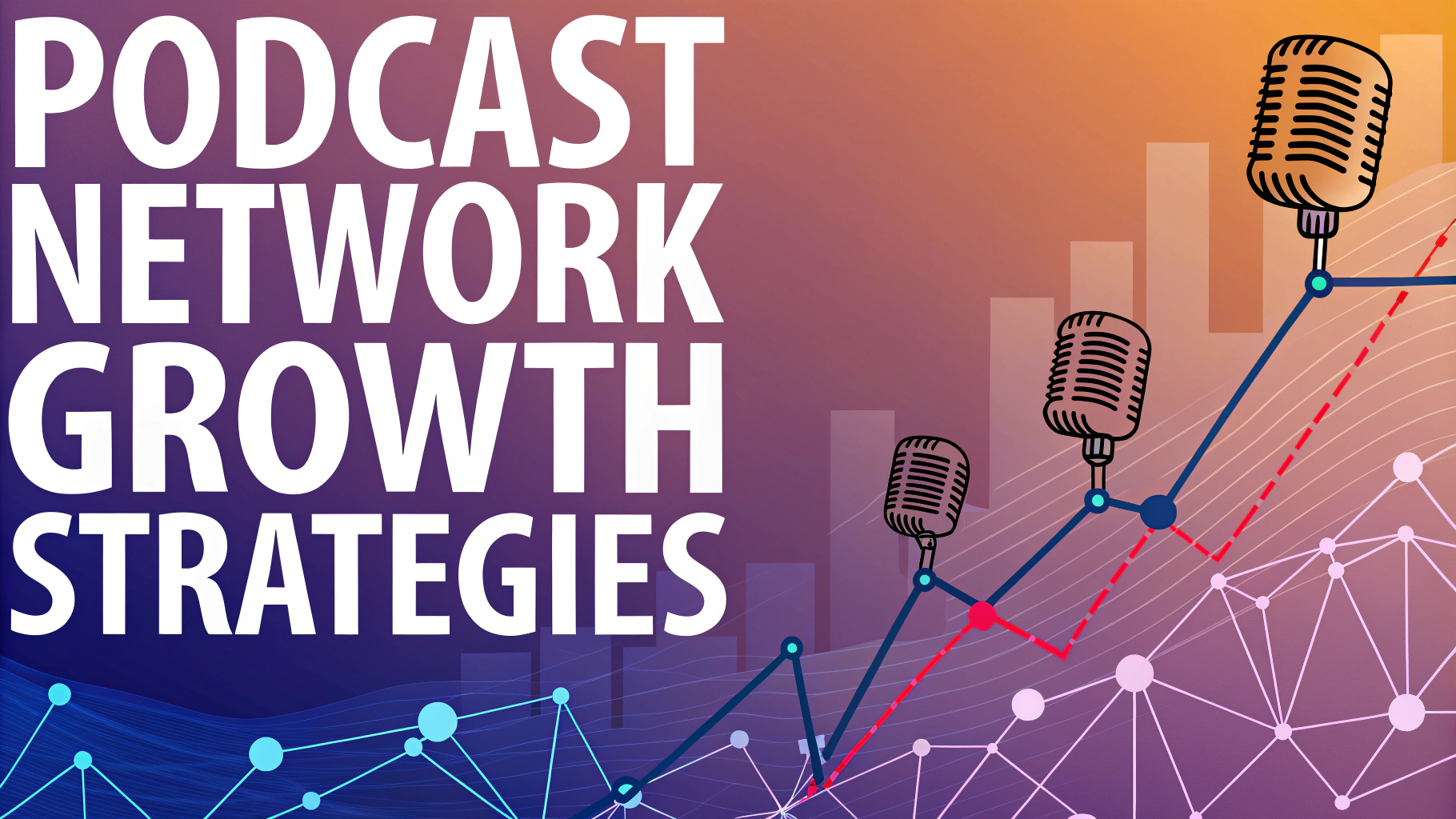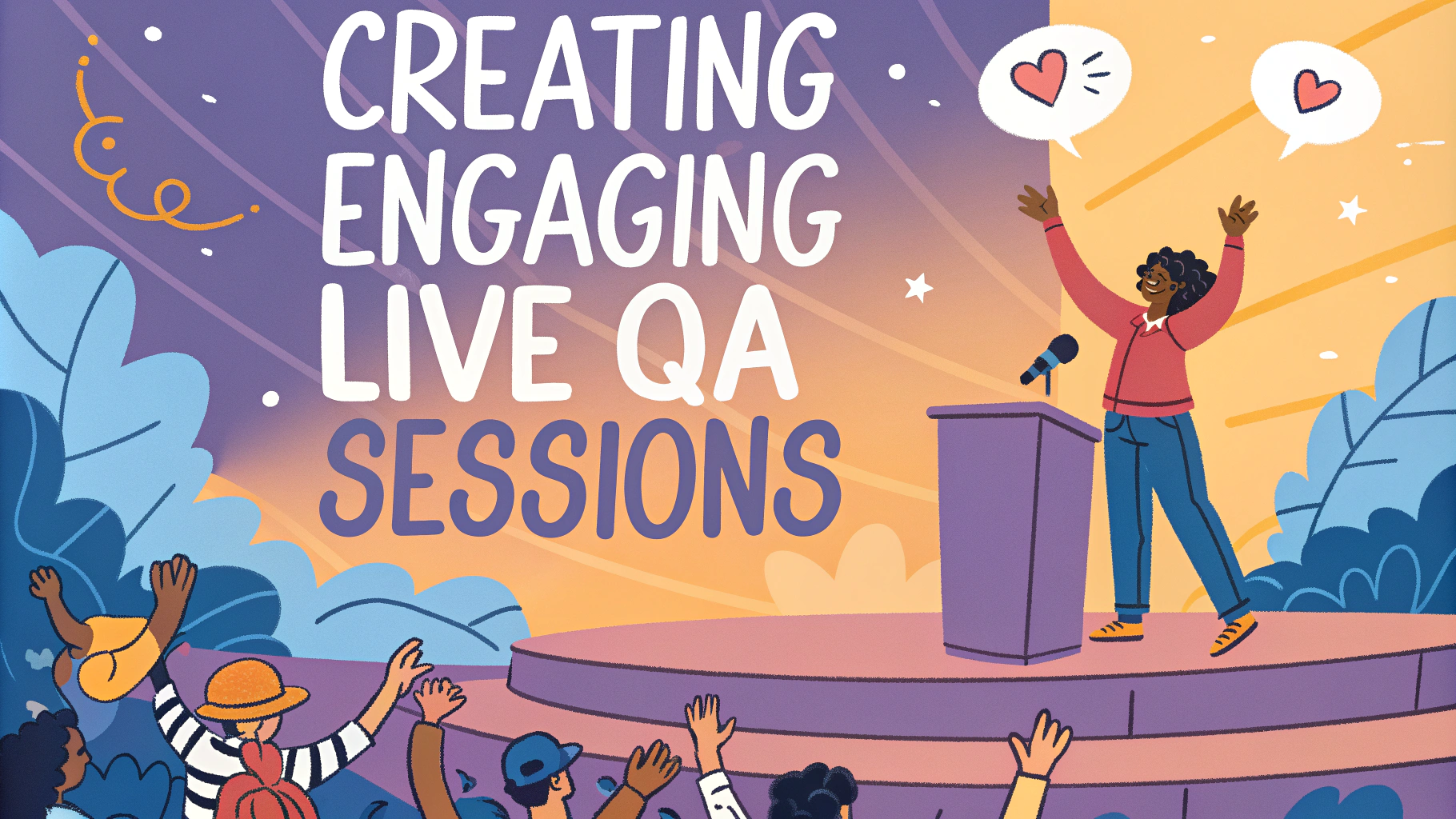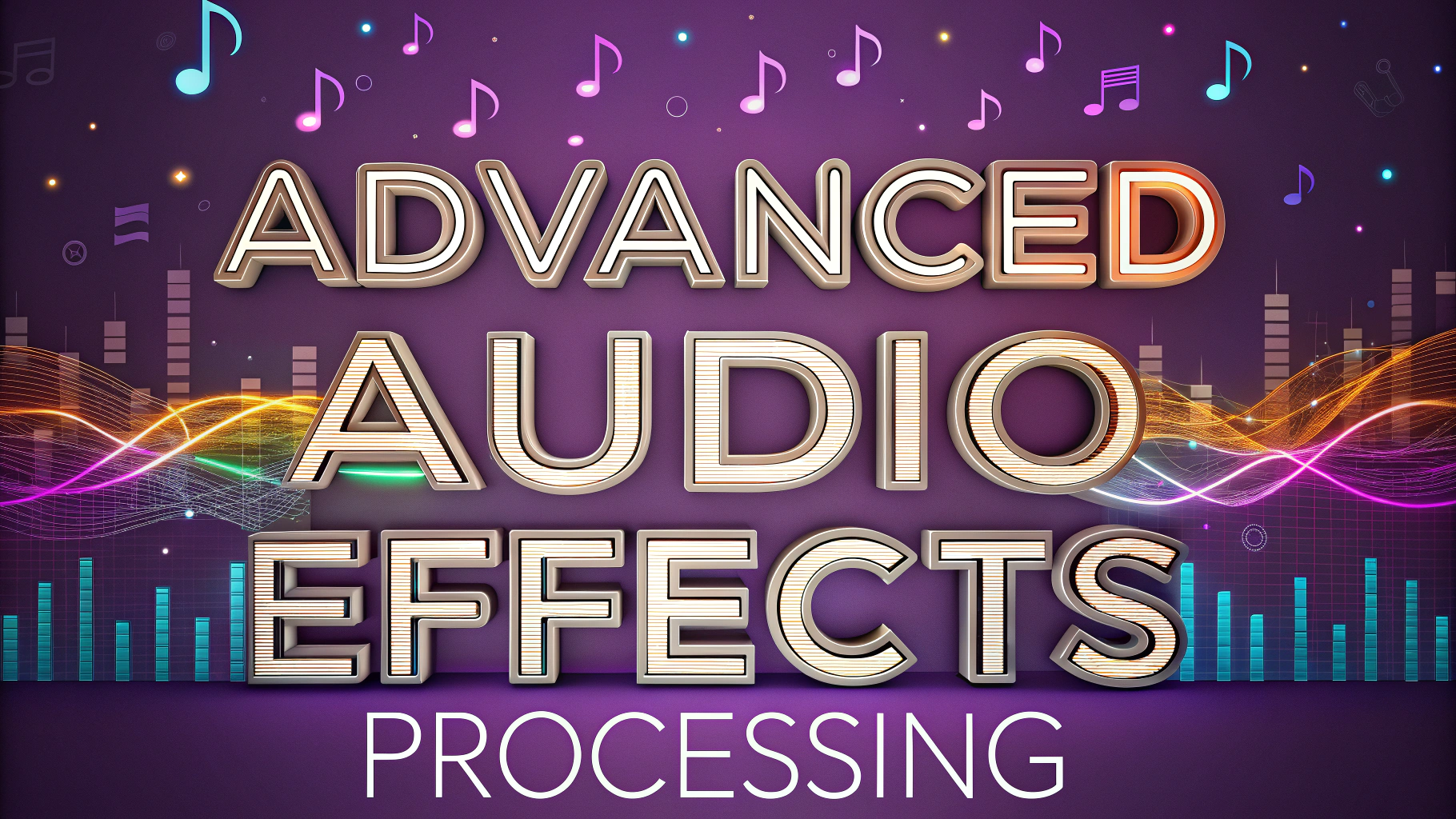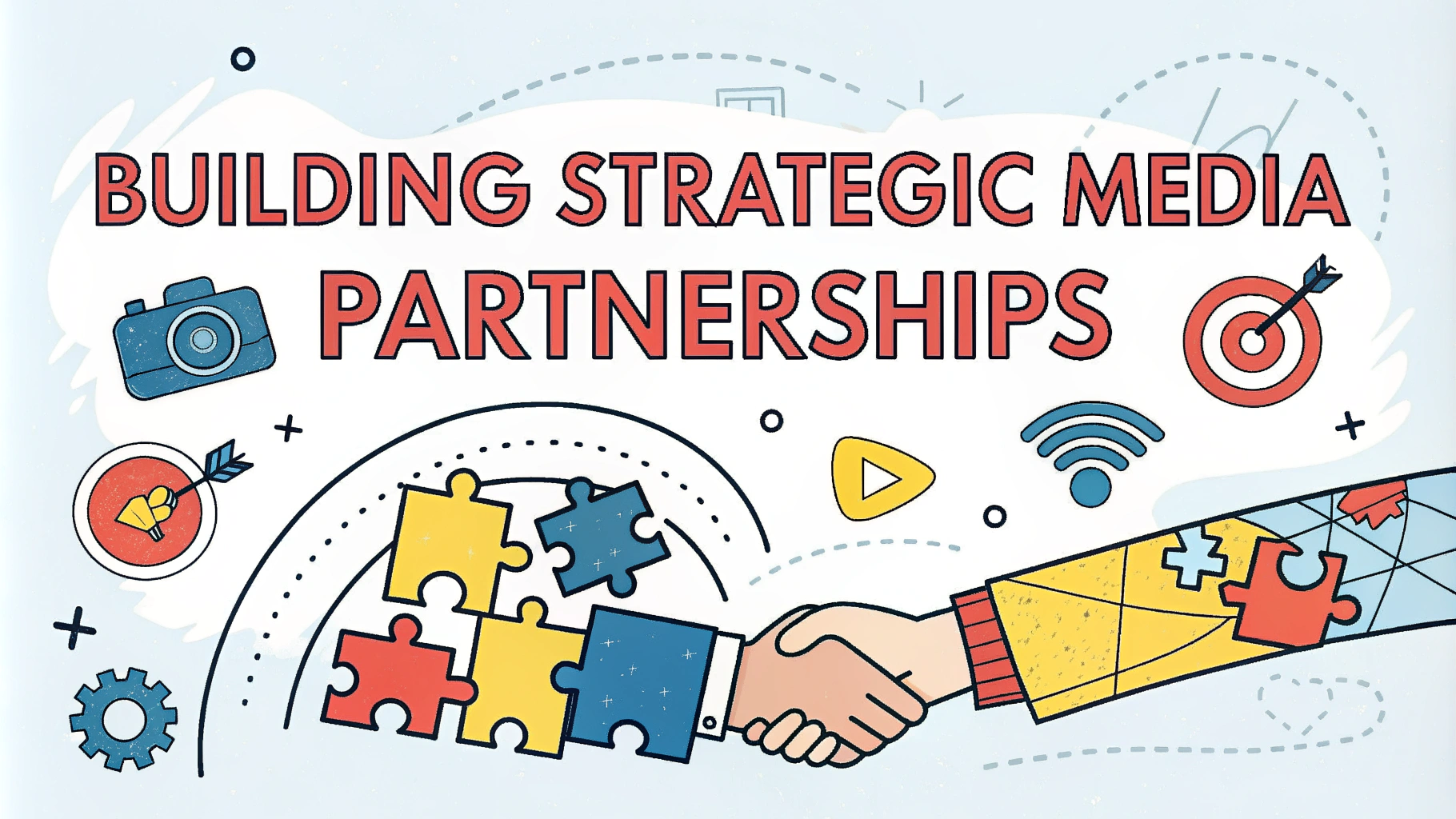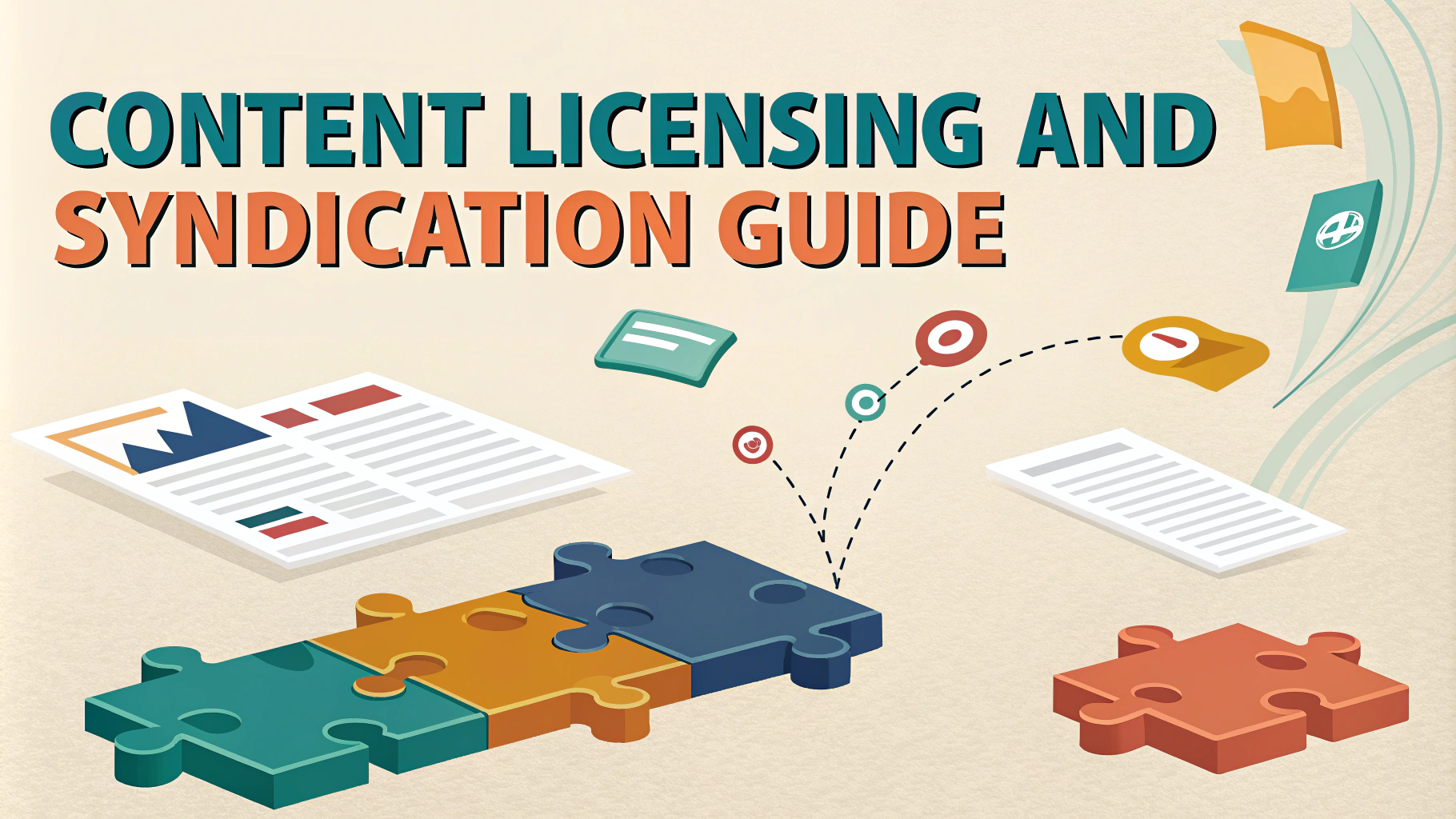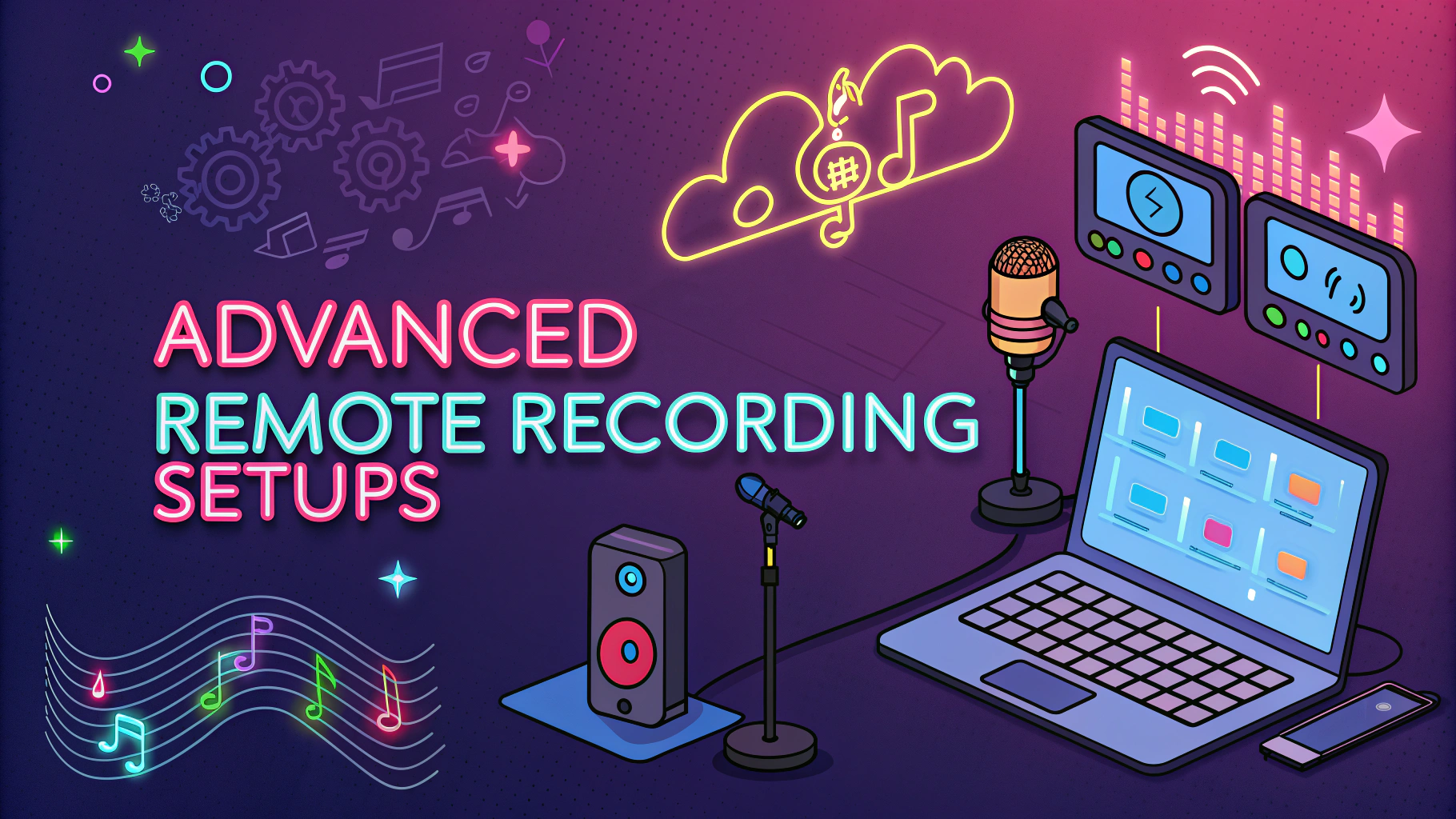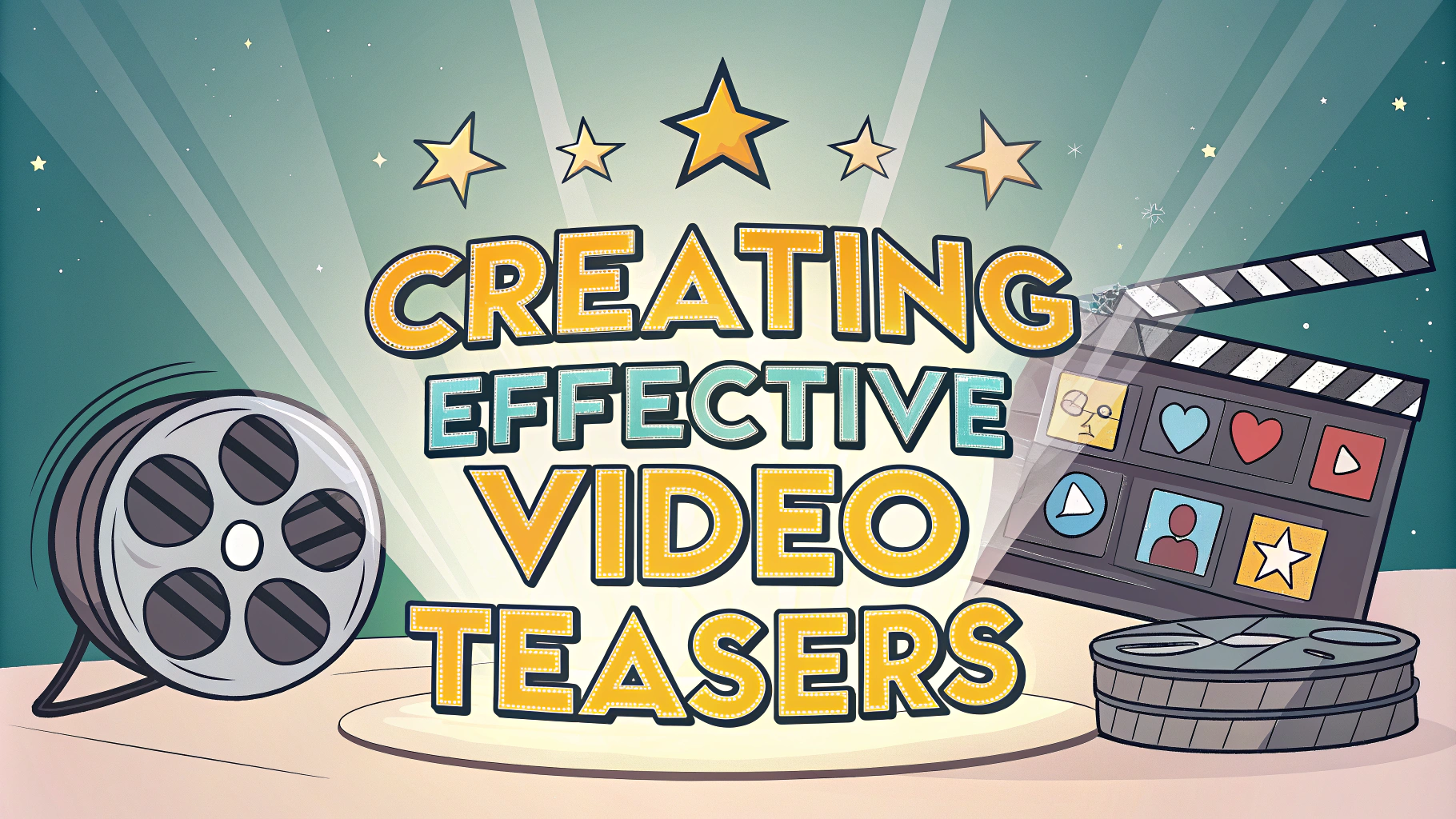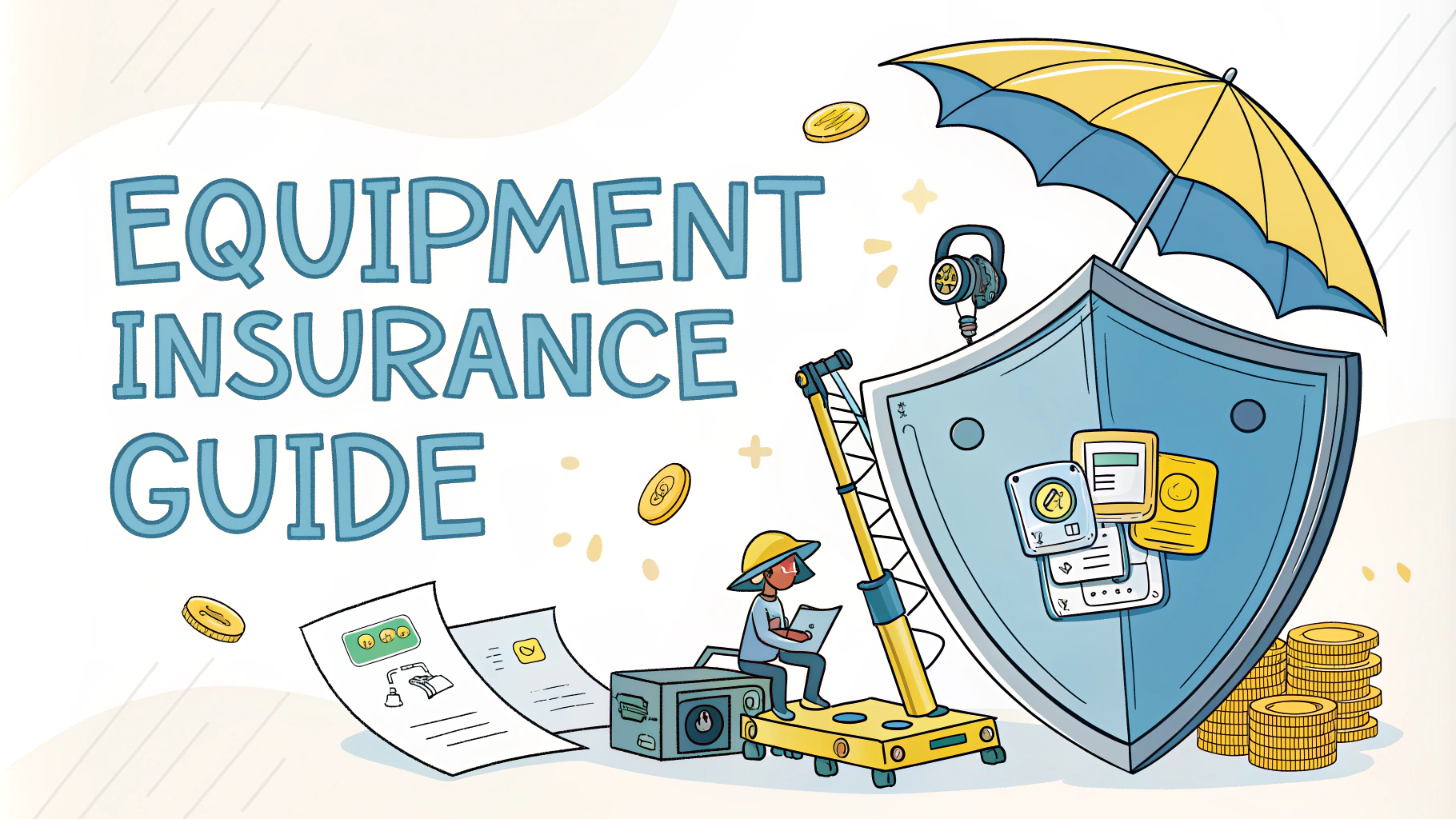Creating a successful live podcast event requires careful planning, the right equipment setup, and attention to audience engagement.
Live podcasting combines the intimacy of traditional podcasting with the energy and immediacy of live performance, offering unique opportunities for real-time audience interaction.
This guide walks through the essential equipment, venue considerations, and event planning strategies to help you produce engaging live podcast shows.
Essential Equipment for Live Podcasting
- Microphones: Shure SM58 or Shure Beta 58A for vocals (2-4 units depending on guests)
- Audio Interface: Focusrite Scarlett 18i8 or similar multi-channel interface
- Mixing Board: Allen & Heath ZED-14 or Yamaha MG12XU for live sound control
- PA System: QSC K12.2 powered speakers for venue sound
- Monitor Speakers: JBL EON610 for host/guest monitoring
- Cables & Accessories: XLR cables, power strips, gaffer tape
Venue Selection and Setup
Choose a venue with good acoustics and minimal external noise interference.
- Room size: 500-1000 square feet for audiences of 50-100 people
- Power requirements: Minimum 2 separate 20-amp circuits
- Stage area: 12×8 feet minimum for host and guests
- Seating arrangement: Theater style with center aisle
Technical Setup Checklist
- ⚡ Test power outlets and locate circuit breakers
- ️ Position microphones and run sound check
- Set up backup recording device (Zoom H6 recommended)
- Configure monitor mix for hosts/guests
- Test internet connection for streaming
Audience Engagement Strategies
Incorporate Q&A segments using wireless microphones for audience participation.
- Use social media hashtags for live interaction
- Set up a meetup area for post-show networking
- Prepare audience participation segments
- Consider merchandise sales opportunities
Recording and Streaming Options
| Platform | Best For | Required Speed |
|---|---|---|
| YouTube Live | Video + Audio | 5Mbps Upload |
| Twitch | Gaming/Tech | 4Mbps Upload |
| Facebook Live | Community Events | 4Mbps Upload |
Event Planning Timeline
- 2 Months Before: Book venue, announce date
- 1 Month Before: Finalize guest list, start promotion
- 1 Week Before: Equipment check, rehearsal
- Day Before: Setup verification, backup equipment check
- Day Of: Arrive 3 hours early for setup
Taking Your Show on the Road
Pack equipment in padded cases with clear labels and inventory lists.
Keep a digital and printed backup of technical diagrams and setup instructions.
Build relationships with local audio rental companies for backup equipment access.
Next Steps for Success
Start small with test runs at local venues before scaling to larger events.
Document each show’s technical setup and audience feedback for continuous improvement.
Consider professional event insurance coverage, available through providers like Event Helper or K&K Insurance.
Marketing Your Live Show
- Social Media Strategy: Create event-specific content 4-6 weeks before
- Email Marketing: Send series of announcements to podcast subscribers
- Local Promotion: Partner with local businesses and media outlets
- Ticket Pricing: Offer early bird and VIP options with meet-and-greet
Risk Management
- Create emergency response plan
- Brief staff on safety procedures
- Keep first aid kit accessible
- Document equipment serial numbers
- Maintain backup copies of show materials
Monetization Opportunities
| Revenue Stream | Implementation | Typical ROI |
|---|---|---|
| Ticket Sales | Multiple tiers | 40-60% |
| Merchandise | Show-specific items | 30-50% |
| Sponsorships | Live mentions | 20-40% |
Show Format Optimization
Timing Guidelines
- Total show length: 60-90 minutes
- Segment length: 15-20 minutes
- Q&A period: 20 minutes
- Breaks: 1-2 intervals of 10 minutes
Building Your Live Podcast Legacy
Transform one-time events into recurring experiences that build community and create lasting value.
Develop a signature format that distinguishes your live shows from standard podcast recordings.
Establish partnerships with venues and sponsors for sustainable growth and expanded reach.
- Create show templates for consistent quality
- Build a reliable technical team
- Develop contingency plans for common issues
- Maintain an event production handbook
FAQs
- What essential equipment do I need for live podcasting?
A quality USB or XLR microphone, audio interface (for XLR setups), headphones, laptop or recording device, microphone stands, and cables. For multiple guests, you’ll need additional microphones and a mixer. - How do I ensure good audio quality during a live podcast?
Use acoustic treatment in your recording space, maintain proper microphone distance (6-8 inches), conduct thorough sound checks before going live, and monitor audio levels throughout the recording. - What streaming platforms are best for live podcasting?
Popular platforms include YouTube Live, Twitch, Facebook Live, and Instagram Live. Professional services like Streamyard or Restream allow simultaneous broadcasting to multiple platforms. - How can I handle technical difficulties during a live podcast?
Have backup equipment ready, test all gear before going live, keep a backup internet connection available, and prepare pre-recorded segments to fill unexpected technical gaps. - What’s the ideal venue setup for a live podcast with an audience?
Choose a quiet space with minimal echo, ensure adequate seating with clear sightlines, position equipment away from audience traffic, and have a dedicated tech area for monitoring and control. - How do I manage audience interaction during a live podcast?
Designate a moderator for audience questions, use a dedicated microphone for audience participation, establish clear participation guidelines, and balance audience involvement with show content. - What software do I need for live podcasting?
Broadcasting software like OBS (Open Broadcaster Software), Wirecast, or vMix for streaming, and a Digital Audio Workstation (DAW) for recording and post-production. - How much bandwidth do I need for reliable live streaming?
Minimum upload speed of 5 Mbps for standard quality streaming, 10 Mbps or higher for HD quality. Always test connection stability before going live. - What’s the best way to promote a live podcast event?
Utilize social media platforms, create event listings, send email newsletters to subscribers, partner with relevant communities, and consider paid advertising on platforms where your target audience is active. - How do I monetize a live podcast event?
Sell tickets for live attendance, secure sponsorships, offer merchandise, create VIP experiences, implement super chat or donation systems during streaming, and leverage crowdfunding platforms.

